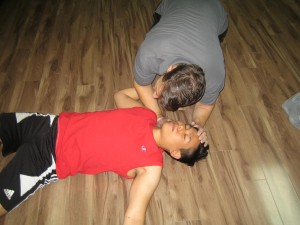Fact Checked
Overview Of Head Injuries
- Injuries sustained to the head should always be taken seriously as there might be damage to the brain. At times, this damage might not be clear for hours after the injury takes place.
- Cracked skulls, brain compression’s and concussions are tricky for a first aider to verify, and therefore all injuries sustained to the head should be treated the same.
Symptoms And Signs
- Altered state of consciousness.
- Eye troubles, double or blurred vision.
- A throbbing or pounding headache.
- Queasiness or nausea.
- Loss of balance and coordination.
- Tingling sensation down the side of the body.
- Loss of memory, particularly short-term memory (recent events).
- Loud breathing.
- Draining of fluid from the ear or the nose.
First Aid Steps
- Assess the casualty
- Determine the casualty’s conscious state.

Injuries sustained to the head should always be taken seriously as there might be harm to the brain. - If not completely awake, place the casualty on the side in a recovery position.
- Make sure that the airway is not blocked and check for signs of obstruction.
- If conscious, assist the casualty to rest in a position that is comfortable for them.
- Occasionally, casualty’s who have sustained a head injury might become restless. Ask friends or relatives to calm the casualty. Think about phoning the police if the well-being of the casualty or others becomes endangered.
- Phone for an ambulance.
- Provide care until the emergency services arrive
- Wrap any wound with a disinfected bandage.
- If there is any fluid from the ears or nose, wrap the area with a disinfected dressing.
- DO NOT cover the nose or ears with dressings.
- Check the casualty
- DO NOT leave the casualty unaccompanied and keep watching their breathing and level of consciousness.
- Look for and treat any other wounds that might have been missed.
- Preserve body heat
- Cover up the casualty lightly with clothes or a blanket and shield them from extreme temperatures.
- Always make sure that a doctor examines the casualty in case of a head injury even if it seems that a casualty has made a full recovery. In a lot of cases, severe head injuries only occur 24 or 48 hours after the trauma due to a slow increase in inflammation or bruising on the brain.
- Note: When a head injury is assumed in a player that takes part in a contact sport, the first aider should suggest that the casualty does not play for the remainder of the match. The casualty should be examined by a doctor for approval to carry on playing.

